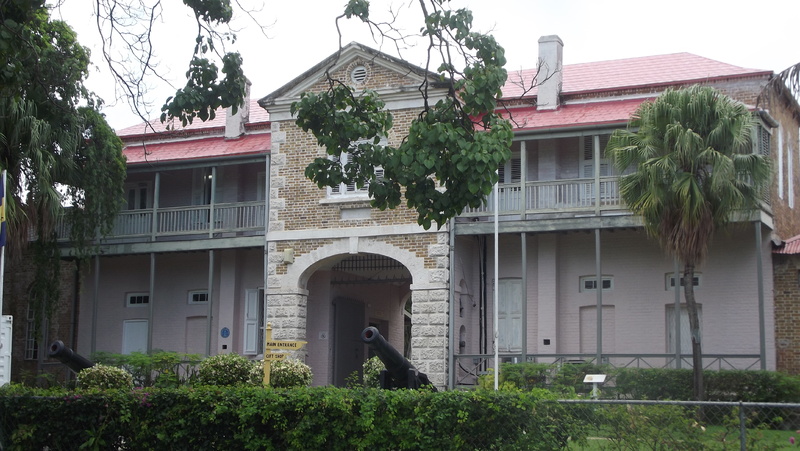The Barbados Museum and Historical Society was founded in 1933. It is a not-for-profit, non-governmental organisation which aims to collect, preserve and interpret Barbadian heritage for its communities. Housed in a former prison, the museum now holds a collection of around half a million objects, dating from prehistory to today, as well as a significant archive.
The museum's permanent galleries explore the history of Barbados and its people through a range of different themes, including social, natural and military history. Colonialism and slavery feature as key themes in several of these galleries. In the Jubilee Gallery, which contains items relating to social history, the exhibition narrative charts four thousand years of Barbadian history. This includes the development of Barbados into a plantation society, life for the enslaved on those plantations and their lives post-emancipation. The Charles A. Robertson African Gallery also reflects on the legacies of slavery with regards to the African diaspora and its heritage within the Caribbean. Here the focus is on the processes of the slave trade, particularly the forced movement of people to the island. Objects in this exhibition reflect different African kingdoms, traditional customs and the diversity of African people.
In addition to its permanent exhibitions the museum also offers a range of learning opportunities relating to the history of slavery in the area. From educational island tours, to school visits and a programme of public events, the museum caters for a wide range of audiences.
There aren't any related items yet. Why not view everything in Legacies on Display: Slavery in Museums?
